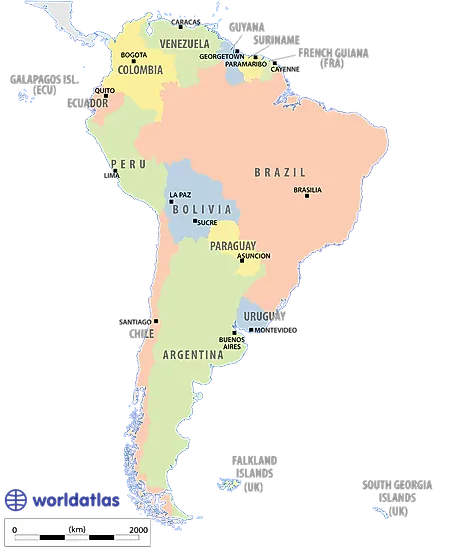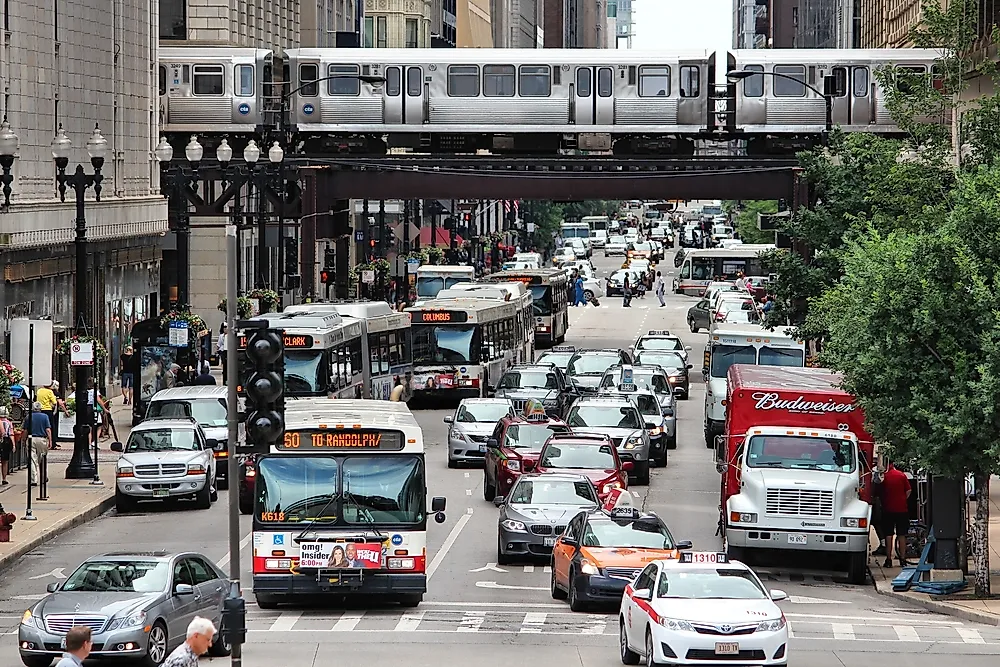A Tale of Two Capitals
Buenos Aires and Bogotá are both vibrant capital cities in South America, yet they have noticeable differences in geography, culture, and outlook. As the largest city in Argentina, Buenos Aires prides itself as a European-style metropolis along the Rio de la Plata river. Known for its romantic tango dancing and steak dinners, Buenos Aires exudes sophistication and grace. However, some criticize it for being overly pretentious and cosmopolitan at times. In contrast, Bogotá sits high in the Andes mountains at over 8,000 feet above sea level. The lower oxygen levels and cooler temperatures come as a surprise to many new arrivals. As Colombia’s seat of government, Bogotá has a more diverse population that reflects the ethnic diversity across the nation. While still developing its global profile, Bogotá maintains a down-to-earth charm unlike pampered Buenos Aires.
/Buenos-Aires-594c15ce5f9b58f0fc4d54d3.jpg)
Food Brings People Together
When it comes to cuisine, both cities delight foodies with their regional specialties. In Buenos Aires, carnivores rejoice in cuts of tender steak and choripán sausages. Patagonian lamb and fresh seafood showcase the bounty from land and sea. Tango-inspired restaurants set a sultry mood for intimate dining. Meanwhile in Bogotá, one dish reigns supreme - ajiaco, a hearty chicken soup with tubers, corn, and creamy guascas sauce. Traditional Colombian cuisine warms the soul on chilly nights in the Andes. Street food also differs between the two capitals. In Buenos Aires, locals snack on milanesa sandwiches and morcilla sausages on-the-go. Frosty malts called licuados refresh with tropical fruits. For a quick bite in Bogotá, arepas stuffed with ingredients like egg and chorizo reign supreme. Hearty empanadas packed with chicken, beef or vegetables fuel the day’s activities. Both cities show how food brings people together across cultural differences.
Architecture Showcases History
Wandering the sidewalks of Buenos Aires and Bogotá, the architecture tells stories of each city’s past. In Buenos Aires, elegant French-inspired buildings from the Belle Époque era line stately avenues. Palermo barrios mix stately mansions with lush gardens. Downtown skyscrapers rise beside classic Spanish-colonial plazas and churches. Bogotá’s architecture echoes its indigenous roots, Spanish legacy and Andean location. Modest adobe homes remain in some neighborhoods. Elsewhere, towering churches and administrative buildings crafted from local stone assert Bogotá’s status as a historic capital. Both showcase how residents honor their shared history while embracing modernity. In Buenos Aires, the Capital building and Obelisk celebrate national pride. Bogotá’s Gold Museum and Botero sculptures pay homage to Colombian arts and creativity. Walking the historic districts immerses visitors in each city’s unique cultural heritage through iconic structures. Architecture allows Buenos Aires and Bogotá to stay grounded while growing into cosmopolitan centers.
Vibrant Arts Scenes Uplift Communities
Arts and culture thrive in both Buenos Aires and Bogotá, giving life and vibrancy to their communities. In Buenos Aires, world-renowned tango shows dazzle with sultry dance performances nightly. Live traditional orchestras perform tangos original to Buenos Aires in cozy basement venues. Graffiti artists leave colorful murals in alleys, while indie theaters screen arthouse films. Bogotá bursts with energy through its performing arts, including salsa clubs pumping all weekend. Street art and muralism transform neighborhoods, as Colombia emerges from dark times strengthened by creativity. Both cities uplift residents and bring people together through the arts, but each expresses its culture uniquely. Iconic author Jorge Luis Borges inspires Buenos Aires’ literary scene at intimate cafes. Meanwhile, painter Fernando Botero’s playful sculptures dot Bogotá parks, reminding citizens to find humor even in hardship. Salsa and champeta dance styles fuel joyous street festivals in Bogotá year-round. Overall, arts and culture allow these vibrant capitals to showcase pride in who they are while welcoming outside perspectives.
Economic Outlook Shapes Societies
When analyzing Buenos Aires and Bogotá further, their economic realities influence daily life and future prospects differently. For decades, Buenos Aires attracted immigrants as one of South America’s main economic hubs, fueling its developed infrastructure and sophisticated reputation. However, economic volatility now plagues Argentina with currency crises and high inflation. Bogotá experienced dark decades of civil war but has emerged safer and more politically stable in recent years.
While still developing, Bogotá embraces opportunities as Colombia’s economy grows amid globalization. Its citizens look to the future with hope. In contrast, Buenos Aires feels stuck wrestling with economic uncertainty as leaders struggle to remedy decades of mismanagement. These economic factors impact attitudes, opportunities for youth, and perceptions of each society overall. Although both capitals have challenges ahead, Bogotá appears positioned for steady growth while Buenos Aires searches for stability and direction.
Cultural Identities Unite Yet Differ
Despite geographic and economic differences, Buenos Aires and Bogotá share overarching cultural traits as large South American cities. Locals in both pride warm, family-oriented cultures and enjoy socializing over food and entertainment. Spanish influences unite their languages, religions, and work ethics. However, exploring beneath surface similarities also reveals intra-regional cultural divergences. Dialectical accents and idioms differ distinctly between porteños of Buenos Aires and cordobeses, paisas and other Colombian regions. Distinct cultural identities emerged through immigration waves and regional histories. Tango saturates porteño culture where Colombia embraced diverse genres like cumbia and vallenato. Popular support for River Plate/Boca Juniors versus América/Millonarios divides soccer loyalties. Ultimately, appreciating each city requires understanding they harbor proudly unique cultures within a shared South American identity. Their differences animate their sights, sounds and social fabrics intriguingly for visitors.
Friendly Rivalry Blossoms Understanding
While Buenos Aires and Bogotá differ in many ways, friendly rivalry exists between them too. Each pridefully asserts its attributes, whether pretentious Buenos Aires with its European airs or fun-loving Bogotá embracing its Andean roots. However, open dialogue also breeds understanding between their citizens. Remote video chats allow porteños and cordobeses, bogotanos, paisas and others to compare daily life aspects openly without animosity.
Sports like soccer and even culinary debates offer lighthearted ways to celebrate differences. Respectful exchange shows that seemingly disparate qualities need not divide people, but rather enrich lives through diverse perspectives. With improved transportation links in future, mingling between these capitals may even spur creative exchanges that blend their strengths. Although proud of their unique paths, Buenos Aires and Bogotá can appreciate each other from a place of compassion through fostering direct cultural connections between citizens. Their rapport sets an example for unity within our richly variegated world.

 Transportation Options Between Toronto and Chicago
Transportation Options Between Toronto and Chicago